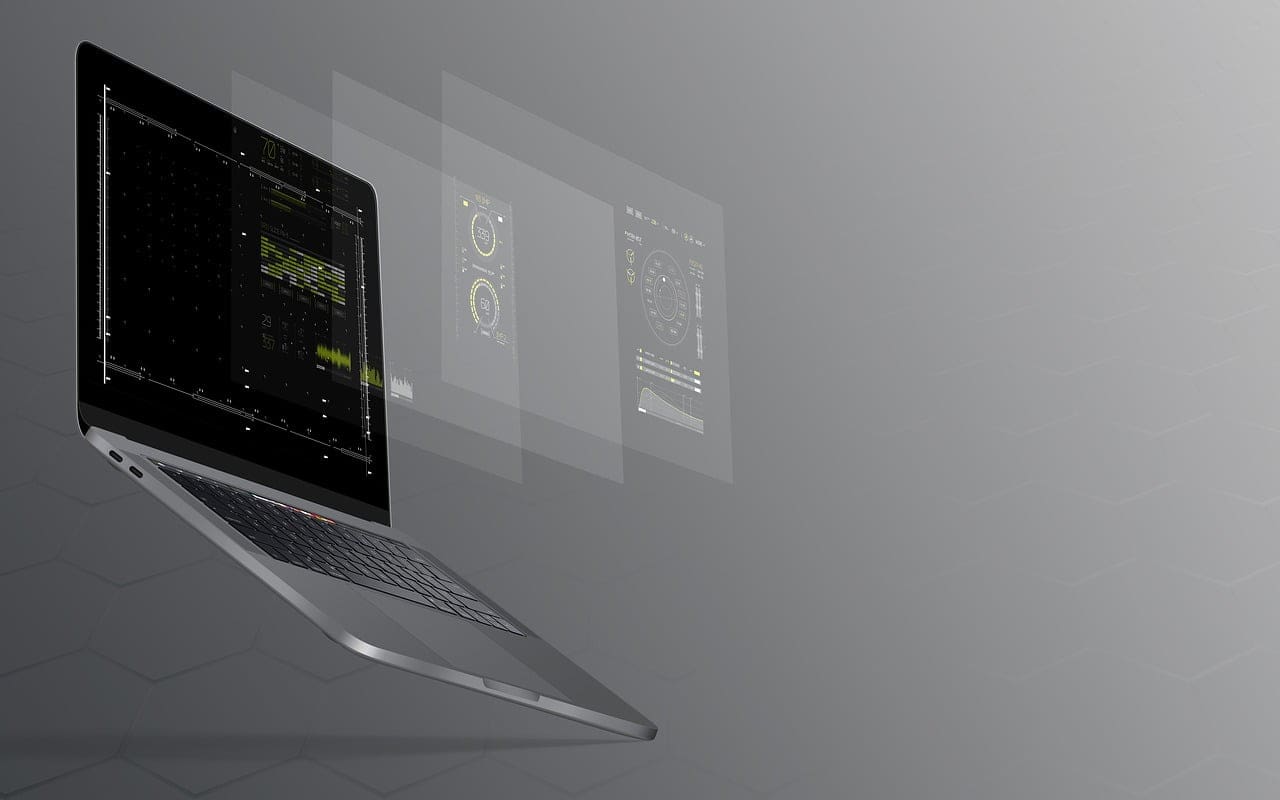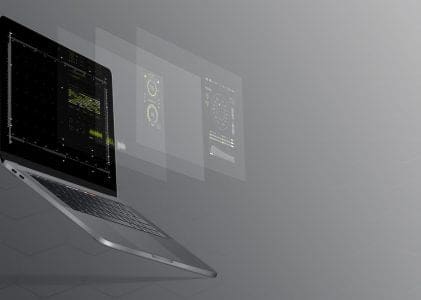
 The first part of this article e.g. claimed that the educational content in the industrial age was “made artificial to humans”, this meant a school where a lot of the teaching and learning was taken out of its context and thereby also usefulness. Some of the knowledge and skills easily could be reconnected to life- and societal contexts. But way too much was useless in itself or the usefulness was not that apparent. The division of the curriculum into subject fields that further produced learning in small chunks formed the foundation for this deficit. In the digital society’s hyperconnected building blocks, context and usefulness (relevance) are two of the most decisive factors for education. Especially since the learner has an endless amount of knowledge of different quality at her fingertips. But how can you build digital learning experiences that adapt to the new prerequisites?
The first part of this article e.g. claimed that the educational content in the industrial age was “made artificial to humans”, this meant a school where a lot of the teaching and learning was taken out of its context and thereby also usefulness. Some of the knowledge and skills easily could be reconnected to life- and societal contexts. But way too much was useless in itself or the usefulness was not that apparent. The division of the curriculum into subject fields that further produced learning in small chunks formed the foundation for this deficit. In the digital society’s hyperconnected building blocks, context and usefulness (relevance) are two of the most decisive factors for education. Especially since the learner has an endless amount of knowledge of different quality at her fingertips. But how can you build digital learning experiences that adapt to the new prerequisites?
Edtech to build context
So what if we turned the industrial society approach of subject-based small chunks education around like it was done with the evaluation- and grading system in part 1 of this article? What if we instead start from a theme- and project-based approach in which context is the key to learning? This is a workable solution to put learning into practice and it is well adapted to the digital society’s requirements. Especially since it can be boosted with modern edtech-solutions. Such learning environment is directed towards causation and analysing elements that affect a certain development, generalisation, to build knowledge and be able to from this knowledge-base be able to identify and reject fake news, and instead focus in a curious explorative way to continue to develop knowledge of what is real.
Back to basics: Writing, reading and arithmetic
This contextual approach is basically a method to go from passive learning to an activating explorative approach. At the same time, this additionally works perfectly as a training lab for basic skills like writing, reading and arithmetic. Since context gives relevance and meaning, which further boosts inspiration and motivation. In the next step, this grows creativity and curiosity to improve these basic skills to be able to learn more. In this way, the approach creates a progressive spiral of learning built on engagement, skills development and knowledge creation.
Digital learning experiences
To conclude, a vital part of the learning environments that are built should encourage the development of writing, reading and arithmetic skills within a context. This form of learning could be as a part of a story, a societal development or a natural science process etc. etc. This is one of the main parts of the equation for education in the digital society. In the last part of this article, I will explore another perspective; the learning lab. Where creativity, entrepreneurial- and collaborative skills are the driving forces for learning.
Written by
LarsGoran Bostrom©
Comment: But can really such environments be built in an easy and rapid way? And is it really possible to make them to actually work effectively in the way that is described above? Of course, You can! In the interaQtive book: Learning Design – Pedagogy of Coding & Media Literacy that will be published in September 2020, includes not only a how-to-guide. But also, since it is an interactive book, real-time practice with feedback. The book Learning Design in Practice for Everybody is already available as a “traditional” ebook and as a printed hardcover book. Below you also find chapter 1-2 to a free introduction to the interaQtive Book Learning Design in Practice how to use digital tools. It is available interactive book online and as Progressive Interactive Book for download. It was created in the Storyteller PublishingLab.
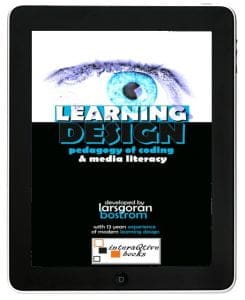
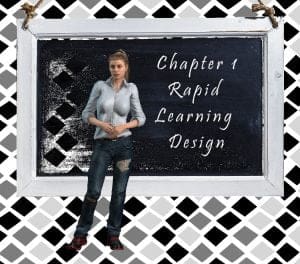
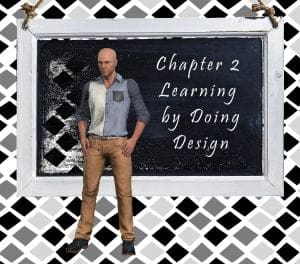
Opens in a new tab

